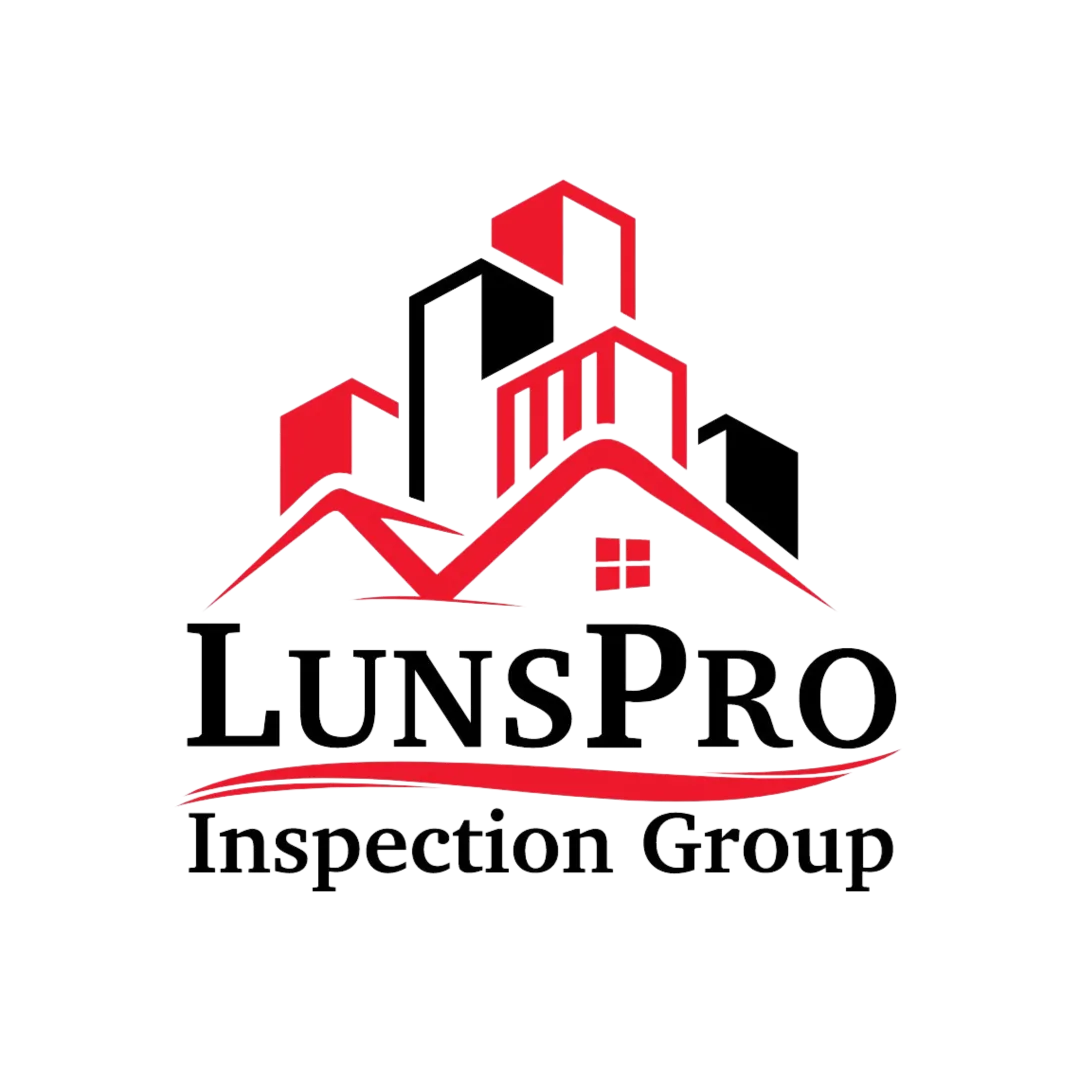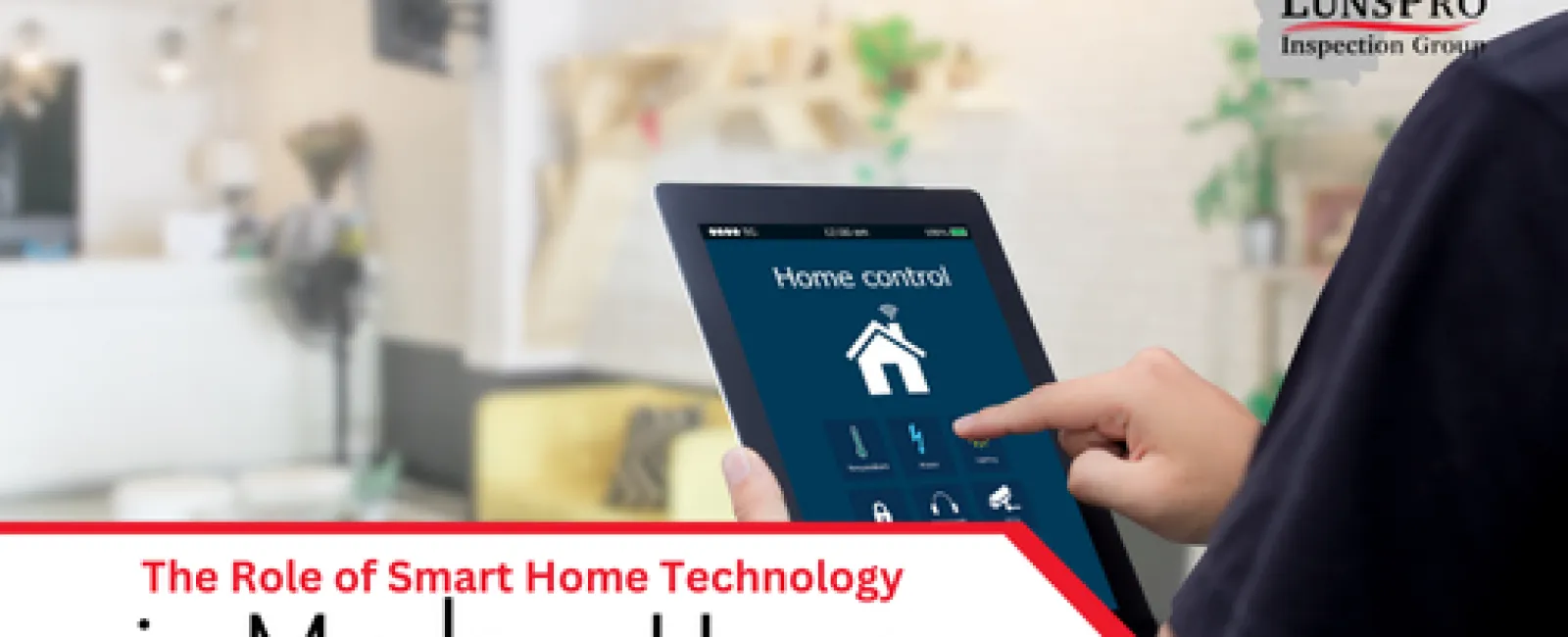The landscape of homeownership has evolved dramatically with the advent of smart home technology. From security systems and thermostats to lighting and voice-controlled assistants, modern homes are increasingly equipped with digital conveniences that enhance comfort, safety, and energy efficiency. As more homeowners integrate these systems into their properties, the home inspection industry must adapt to include assessments of smart technology alongside traditional structural and mechanical evaluations.
LunsPro Inspection Group, a leader in the home inspection industry, understands the importance of staying ahead of technological advancements. Our Carolina residential and commercial inspections now often include evaluating smart home systems, ensuring that homeowners and potential buyers fully understand their functionality, security, and maintenance requirements. In states like North Carolina, home inspections must evolve to assess the increasing presence of these intelligent systems, providing valuable insights that contribute to informed purchasing decisions.
This article explores how smart home technology affects the home inspection process, highlighting essential considerations for homeowners, buyers, and inspectors. From assessing the functionality and security of smart devices to understanding their potential vulnerabilities, we delve into the role of technology in shaping the future of property evaluations.
The Growing Impact of Smart Home Technology
Smart home technology has become a significant factor in real estate transactions. Buyers are increasingly attracted to homes with pre-installed smart features that enhance convenience, security, and energy efficiency. According to recent studies, homes with smart technology often have a higher resale value and attract more interest from potential buyers. However, with this added appeal comes a new set of responsibilities and considerations during the home inspection process.
Carolina residential and commercial inspections must now account for various smart home components, including:
Security Systems - Smart locks, video doorbells, and surveillance cameras
Environmental Controls - Smart thermostats, automated blinds, and climate sensors
Lighting and Power Management - Automated lighting systems, energy monitors, and solar panel integrations
Plumbing and Appliances - Leak detection sensors, smart refrigerators, and automated irrigation systems
Understanding how these devices function and interact within a home is crucial for inspectors. Their proper operation, maintenance requirements, and potential vulnerabilities all impact the overall condition of a property.
Assessing the Functionality and Security of Smart Systems
Home inspectors must evaluate whether smart home systems are operating as intended and whether they pose any risks to the homeowner. Key areas of focus include:
1. Security and Access Control
Security is a primary concern when evaluating smart home technology. Features like smart locks, video doorbells, and security cameras must be tested to ensure they function correctly. Inspectors typically:
Verify that all smart locks respond to access codes and keycards.
Test video doorbells for clear audio and video transmission.
Assess security camera positioning and connectivity.
Check that alarm systems properly notify homeowners and emergency services.
Vulnerabilities, such as weak passwords or outdated firmware, can compromise a smart home's security. Homeowners should ensure their devices are updated and protected with strong security protocols.
2. Smart Thermostats and Climate Control
Energy-efficient smart thermostats are becoming standard in many homes, offering remote control and automated scheduling. During a home inspection, professionals will:
Confirm that the thermostat adjusts temperature settings accurately.
Check connectivity with home networks and mobile apps.
Assess energy efficiency settings and historical usage reports.
Identify any inconsistencies in heating or cooling functions.
Improperly calibrated thermostats or connectivity issues can lead to inefficient climate control, increasing energy costs and reducing comfort.
3. Automated Lighting and Power Systems
Many homeowners install automated lighting and power management systems to enhance energy efficiency. Inspectors will evaluate:
The responsiveness of voice-activated or app-controlled lighting.
Timers and automation settings for consistency and accuracy.
Integration with other home systems (e.g., security lighting activation).
Any issues with automated lighting could indicate wiring or connectivity problems that may require attention before finalizing a home purchase.
Identifying Potential Vulnerabilities and Maintenance Needs
Smart home technology requires regular updates and maintenance to remain effective and secure. A thorough inspection helps identify potential weaknesses, including:
1. Software and Firmware Updates
Outdated software can create security risks and limit device functionality. Homeowners should:
Regularly update device firmware.
Change default passwords and enable two-factor authentication where available.
Review manufacturer support for software longevity.
2. Network and Connectivity Issues
Smart devices rely on stable Wi-Fi connections to function properly. Inspectors often assess:
The strength of Wi-Fi signals in different home areas.
Potential interference from other electronic devices.
The risk of unauthorized access to smart systems.
3. Device Longevity and Manufacturer Support
Not all smart devices have long-term manufacturer support, which can impact future functionality. Homeowners should:
Research device lifespan and warranty policies.
Ensure replacement parts and software updates will be available.
Preparing Smart Devices for a Home Inspection
Before a scheduled home inspection, homeowners should take proactive steps to ensure their smart devices are accessible and functioning properly. Here are some key guidelines:
1. Provide Access to Inspectors
Inspectors may need temporary access to smart home systems. Homeowners should:
Provide temporary access codes for smart locks.
Ensure Wi-Fi-enabled devices are connected and functional.
Disable security system alerts that might interfere with testing.
2. Document Device Information
Keeping a record of smart home device information can assist the inspection process. This includes:
A list of installed smart devices and their locations.
Manufacturer details and model numbers.
Recent maintenance or software updates.
3. Reset and Secure Personal Data
If a home is being sold, homeowners should reset smart devices to factory settings to protect personal data. Ensuring that new owners can set up their own credentials prevents potential security risks.
The integration of smart home technology into modern homes has transformed the way inspections are conducted. From security systems and climate control to lighting and appliances, smart devices add convenience and efficiency but also require careful evaluation. LunsPro Inspection Group remains at the forefront of these advancements, ensuring that Carolina residential and commercial inspections encompass both traditional and digital aspects of home assessments.
For homebuyers and sellers in North Carolina, home inspections must now consider the technological landscape, ensuring that smart systems are secure, functional, and properly maintained. As technology continues to evolve, staying informed about smart home maintenance and inspection best practices will be crucial for homeowners looking to maximize their property's value and security.
By understanding the role of smart home technology in modern inspections, homeowners can confidently navigate the real estate market while ensuring their homes remain safe, efficient, and future-ready. Whether buying, selling, or simply maintaining a home, investing in a thorough inspection that includes smart home assessments is a step toward a smarter and more secure living environment.

